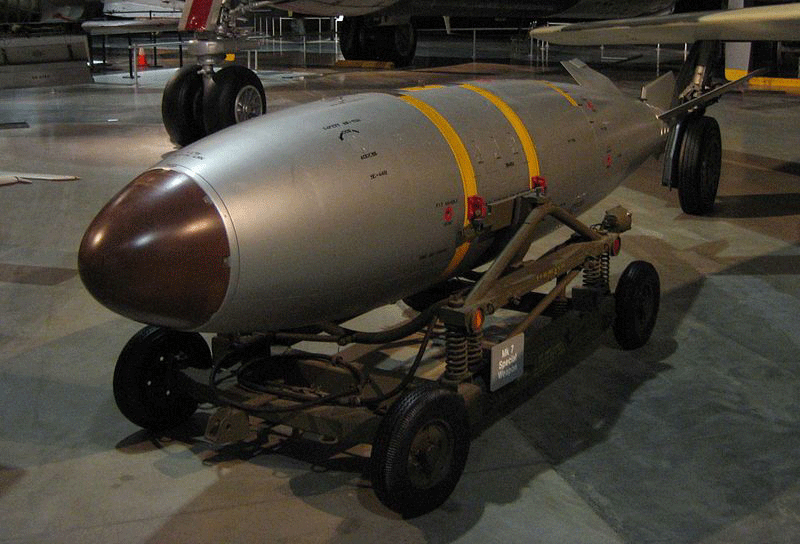Using Visual and Auditory Art to Convey the Scale of Nuclear Arms
By Andrew Quist
The scale of destruction a nuclear war would bring is beyond emotional comprehension. Due to the psychological phenomenon “psychic numbing,” millions of deaths does not feel the same as multiplying the emotional impact of one death by 1 million. In fact, because they are an abstraction, we feel even less when contemplating the deaths of 1 million than we do the death of one identified person. As the scientist Albert Szent-Györgyi noted, “Having been adapted to live within a small clan, I am still touched by any individual suffering and would even risk my life for a fellow man in trouble, but I cannot multiply individual suffering by a hundred million, and so I talk with a smile about the ‘pulverization’ of our big cities.”
Japanese artist Isao Hashimoto has created two works of art that cut through this numbing and allow the viewer to feel the scale of the world’s nuclear stockpiles, and thus recognize the insanity of our nuclear policy.
In “Overkilled,” Hashimoto drops a single ball bearing onto a hard surface to represent the nuclear bomb that exploded over Hiroshima in 1945. Seconds later, a second ball drops, representing the atomic bombing of Nagasaki. Hashimoto then drops 20,590 bearings at once, one for each nuclear bomb in existence when he made the work in June 2004. The sight and sound of the bearings dropping allow the viewer to appreciate the scale of nuclear stockpiles more so than reading text and figures about the stockpiles possibly could.
In another work of art, “1945–1998,” Hashimoto uses light and sound to portray the totality of nuclear weapon explosions that have occurred on Earth up to 1998. A metronome set to 60 beats per minute keeps the time as each month is scaled to one second. A sound plays every time a nuclear explosion occurs, first with the bombings of Hiroshima and Nagasaki, and then for every weapons test, which total 2,053. Every country is assigned a different tone, resulting in a polyphonic composition. Like “Overkilled,” the visual and auditory nature of work has a distinct impact on the viewer.
Hashimoto grew up in Nagasaki after the atomic bombing. He stated that he created these works “for the means of an interface to the people who are yet to know of the extremely grave, but present problem of the world.”
Additional information on Isao Hashimoto and his art can be found at this blog post.

